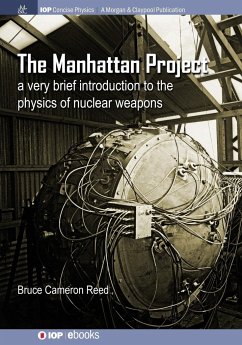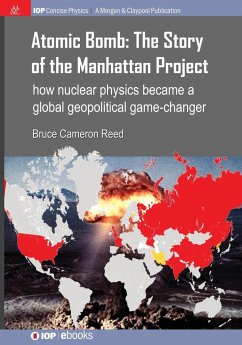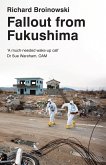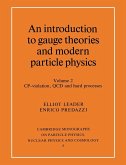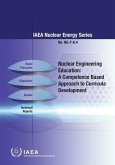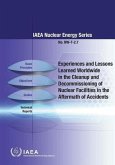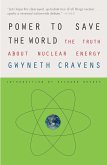The development of nuclear weapons by the Manhattan Project during World War II was one of the most dramatic scientific/technological episodes in human history. This book, prepared by a recognized expert on the Manhattan Project, offers a concise survey of the essential physics concepts underlying fission weapons. The text describes the energetics and timescales of fast-neutron chain reactions, why only certain isotopes of uranium and plutonium are suitable for use in fission weapons, how critical mass and bomb yield can be estimated, how the efficiency of nuclear weapons can be enhanced, how the fissile forms of uranium and plutonium were obtained, some of the design details of the 'Little Boy' and 'Fat Man' bombs, and some of the thermal, shock, and radiation effects of nuclear weapons. Calculation exercises are provided, and a Bibliography lists authoritative print and online sources of information for readers who wish to pursue more detailed study of this fascinating topic.
Hinweis: Dieser Artikel kann nur an eine deutsche Lieferadresse ausgeliefert werden.
Hinweis: Dieser Artikel kann nur an eine deutsche Lieferadresse ausgeliefert werden.

